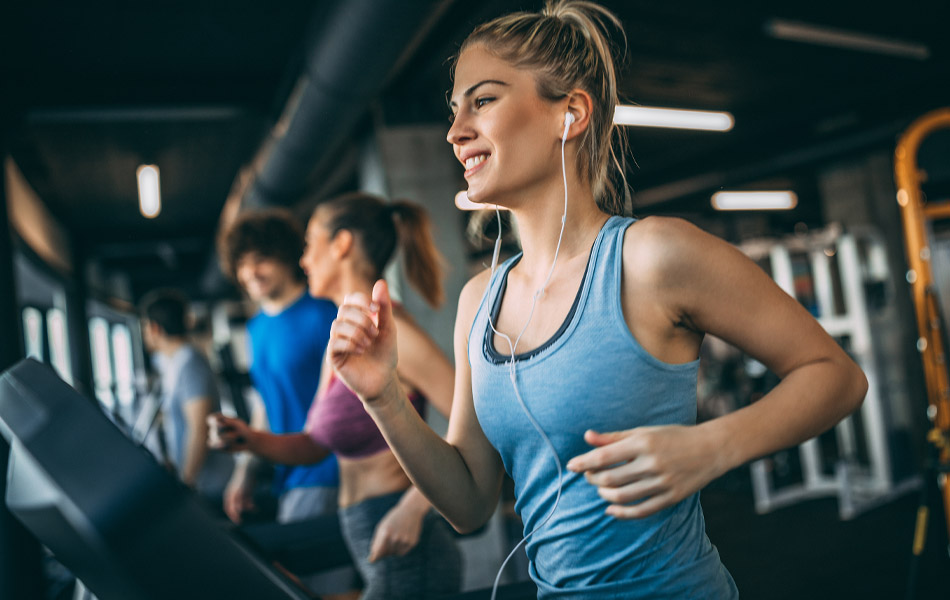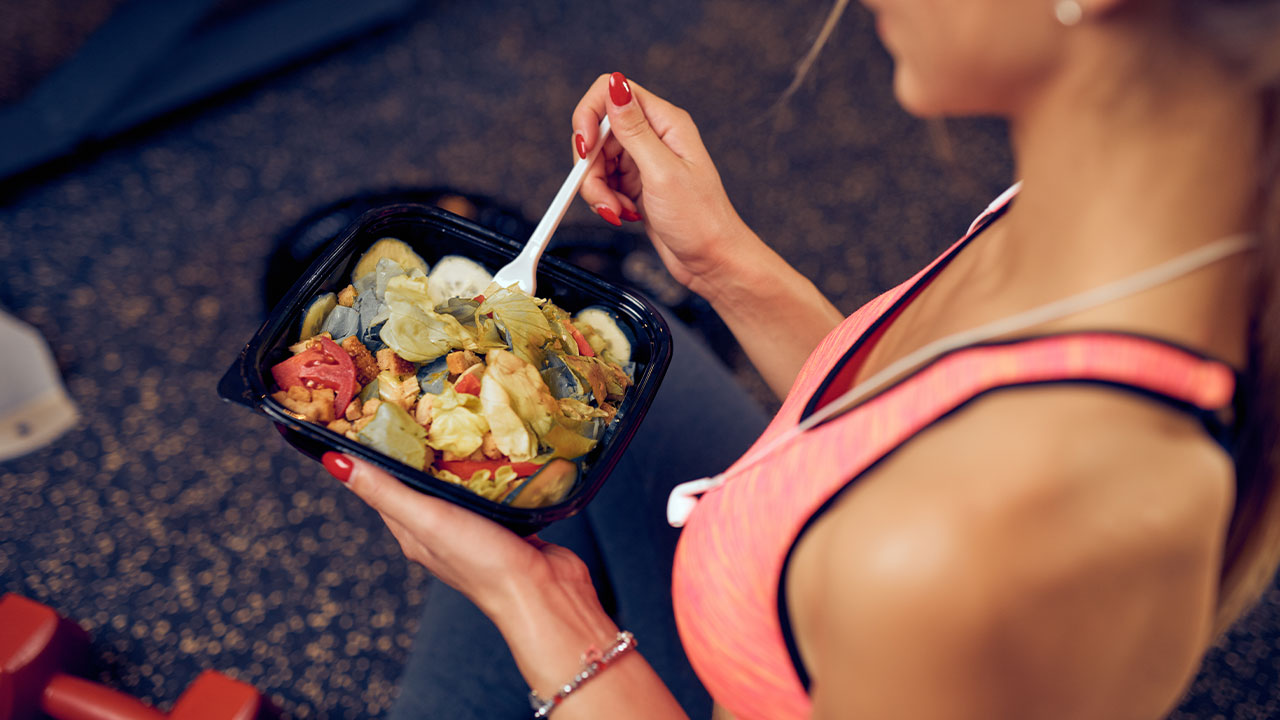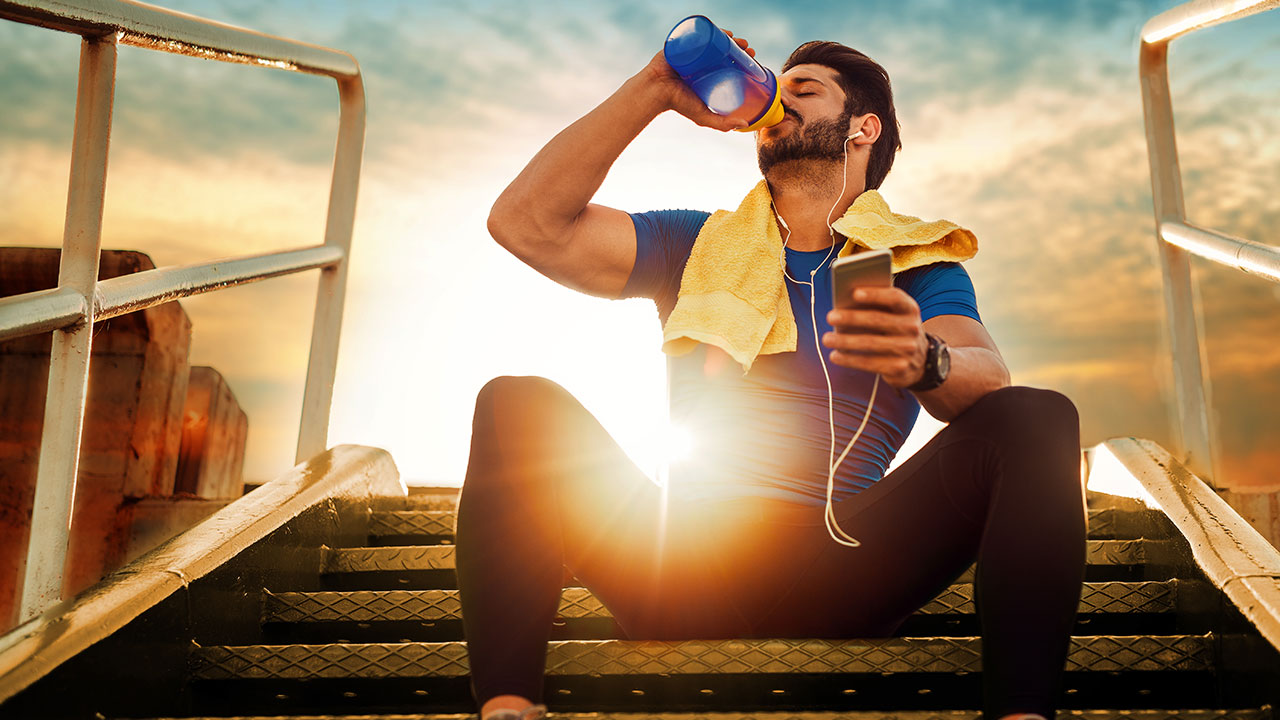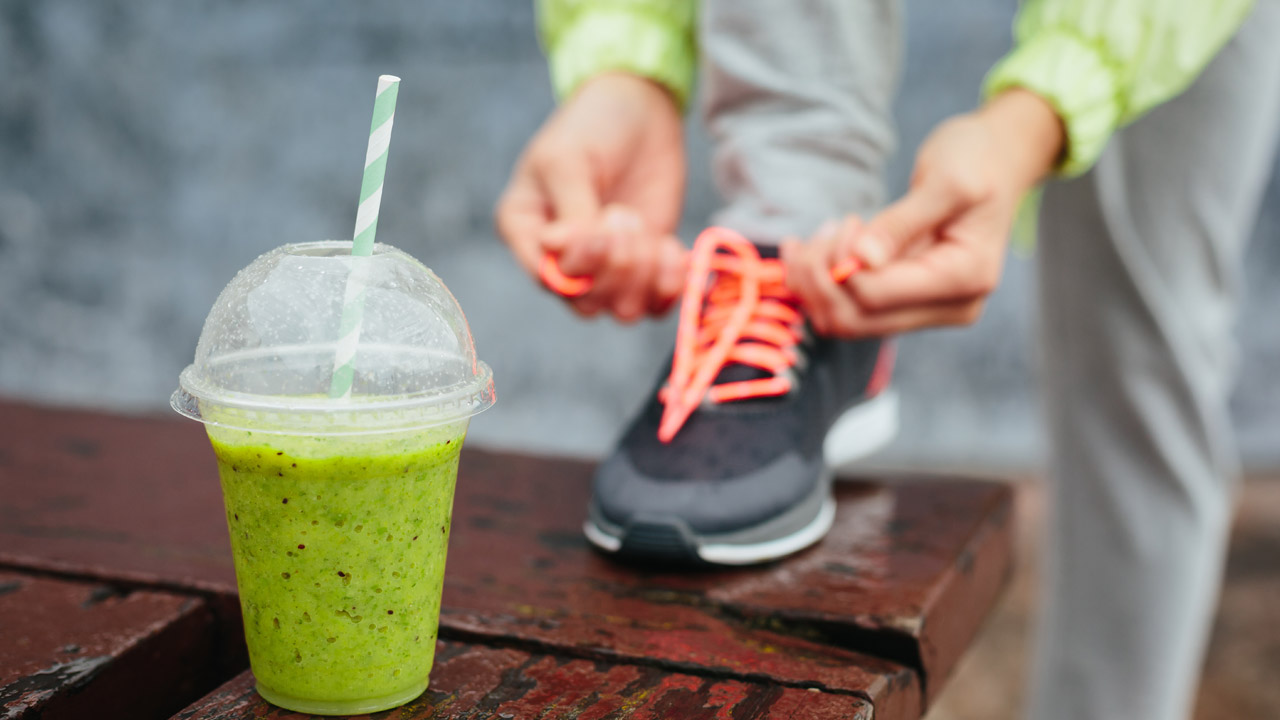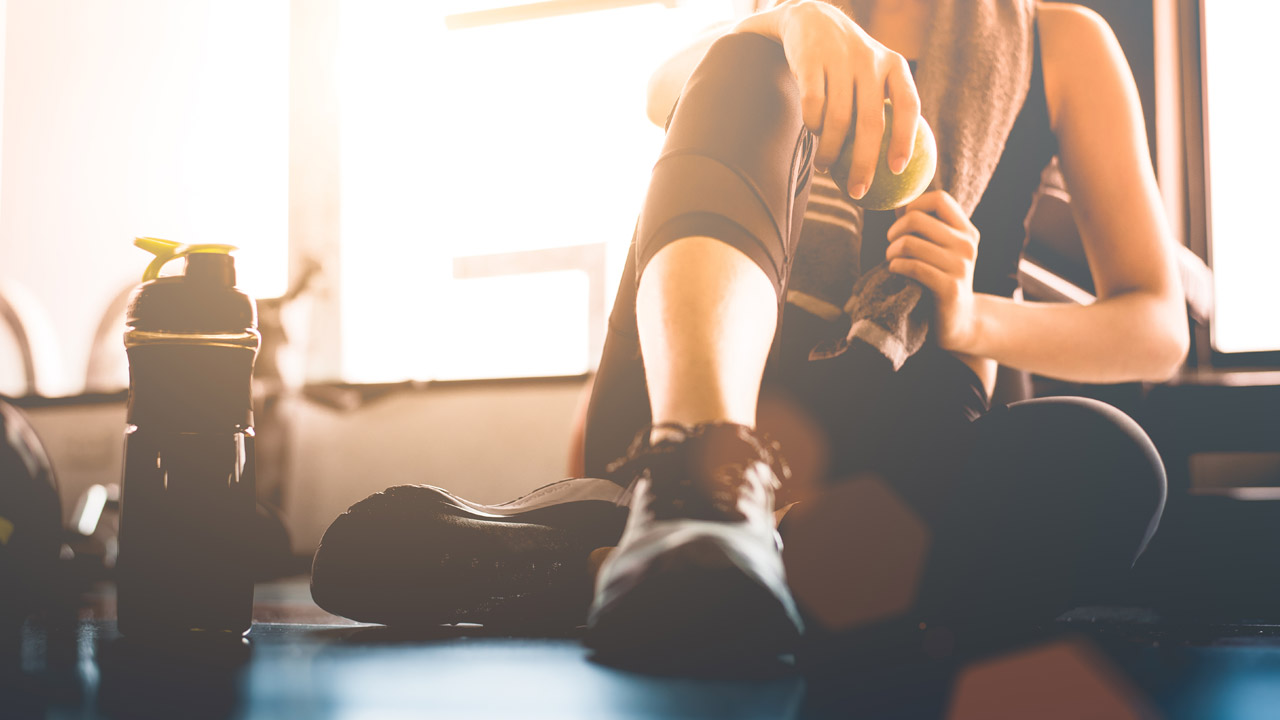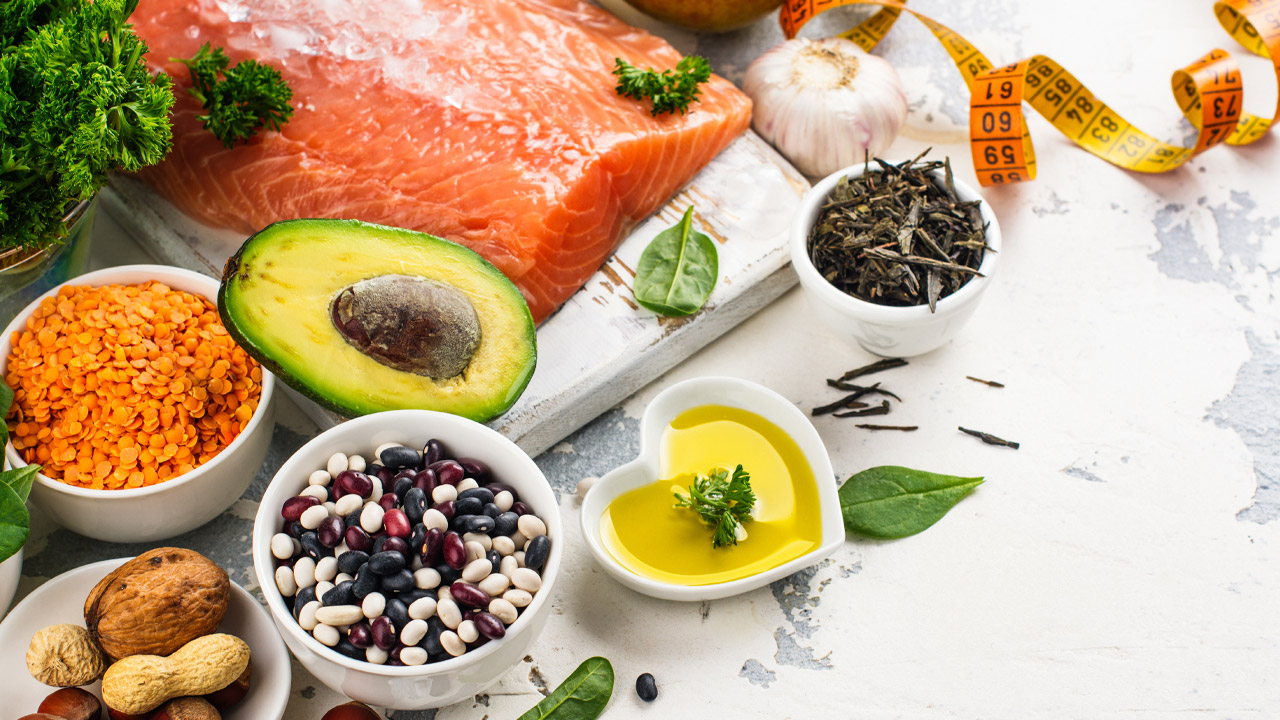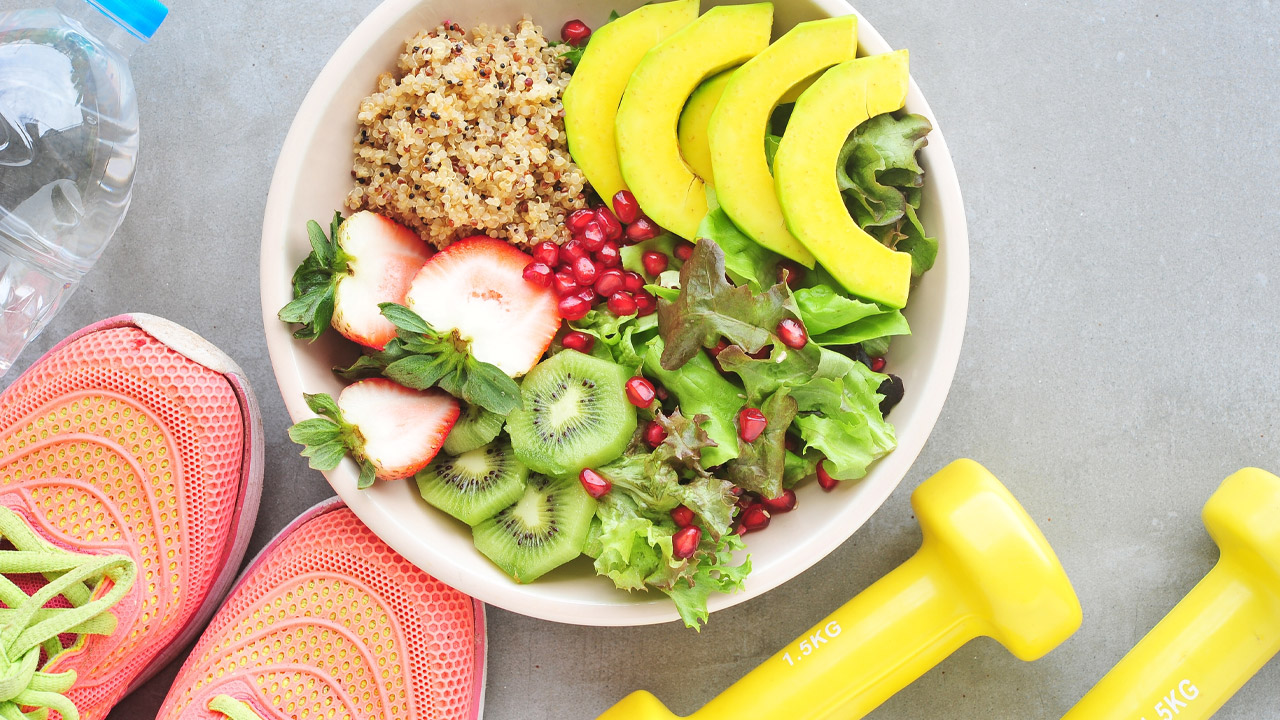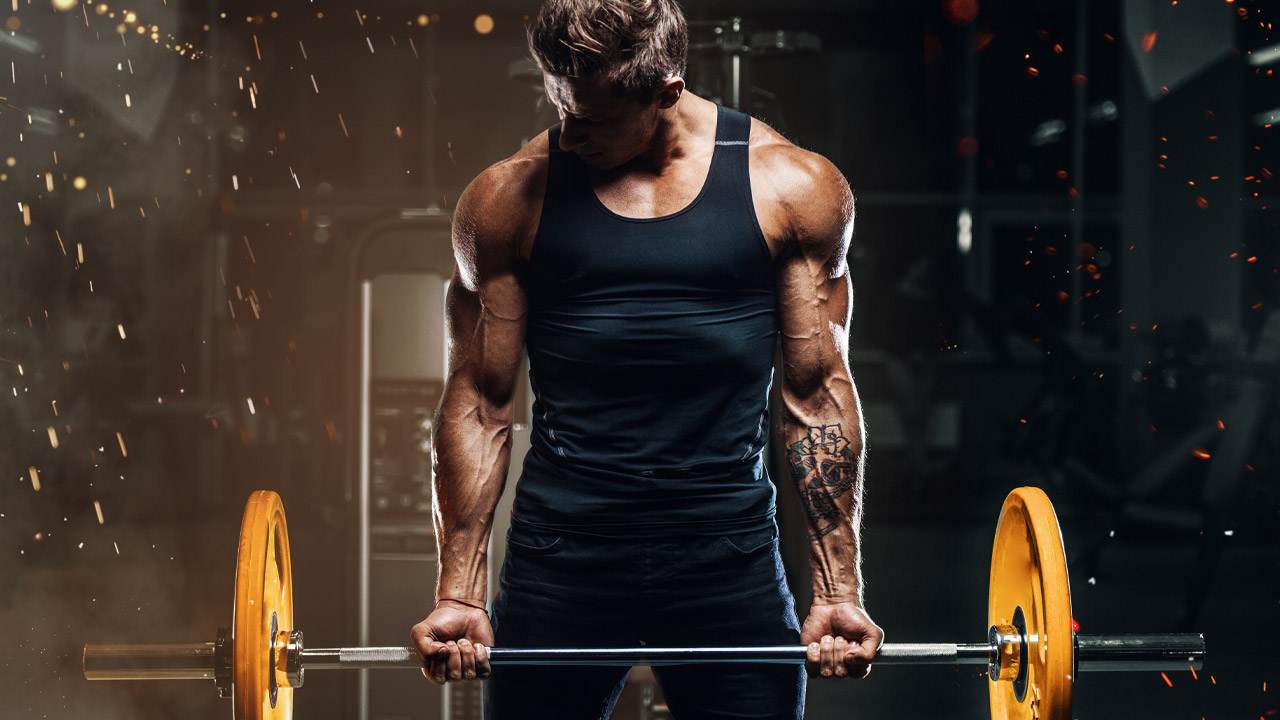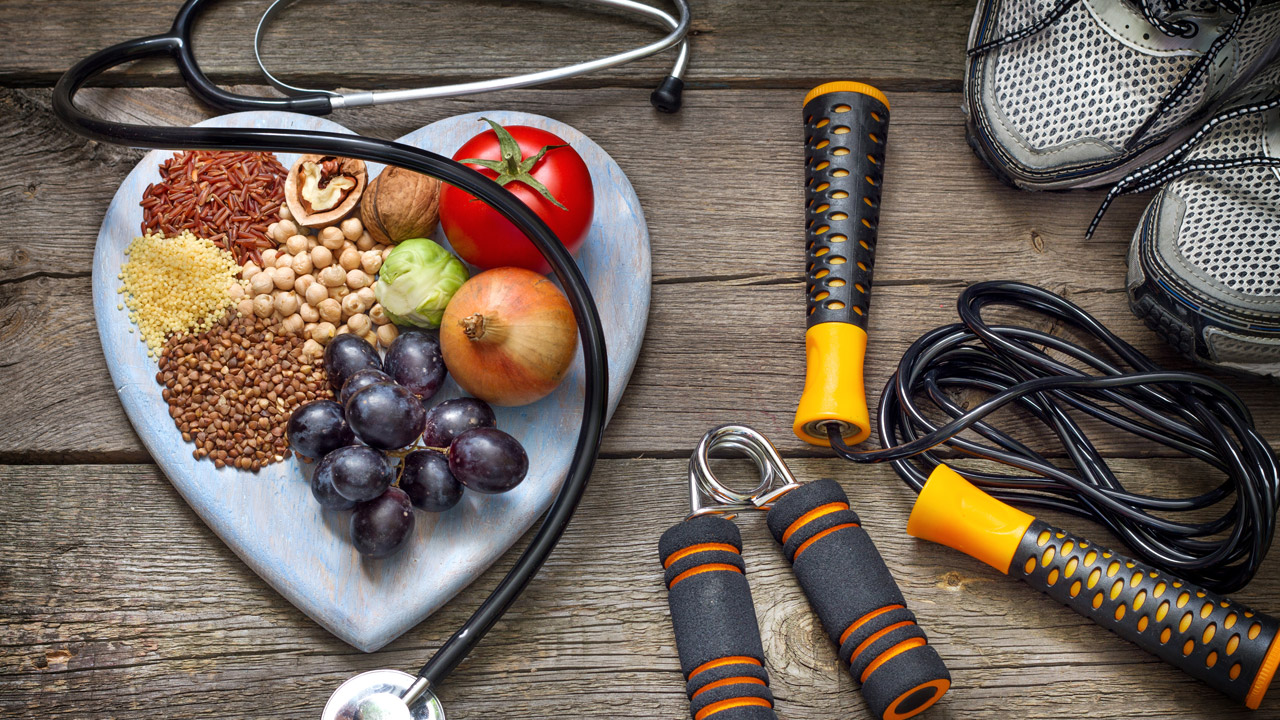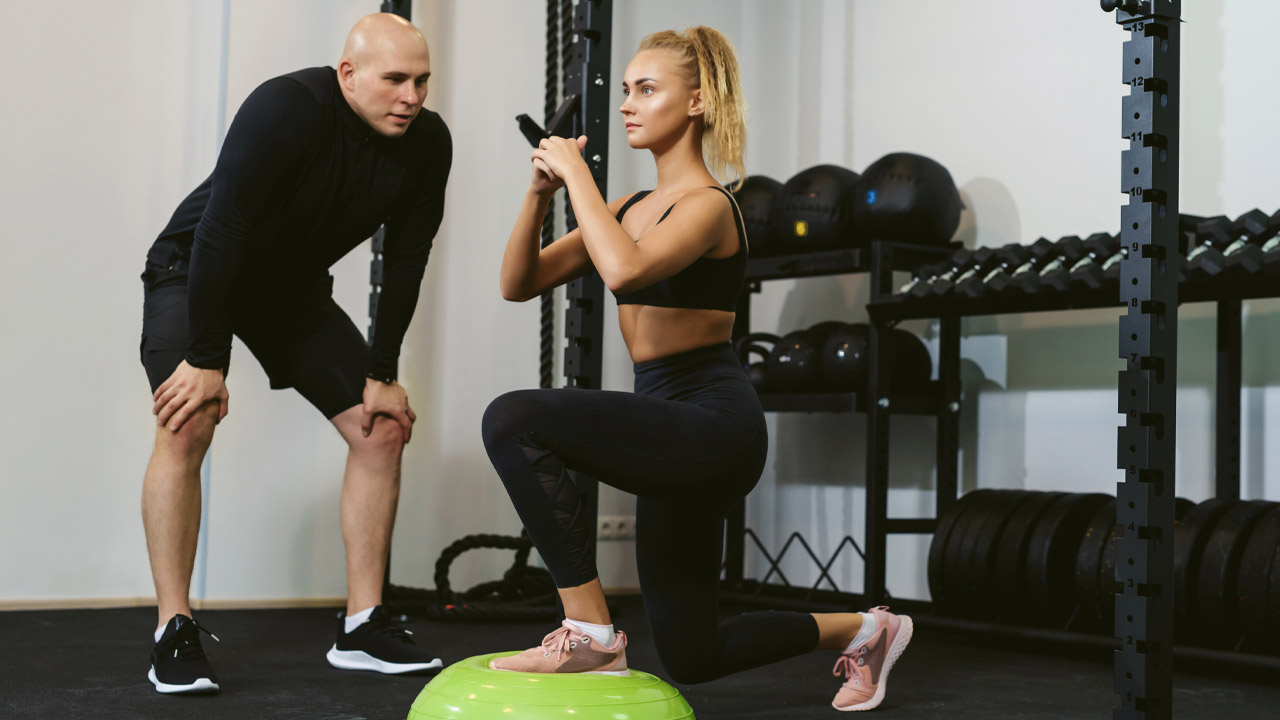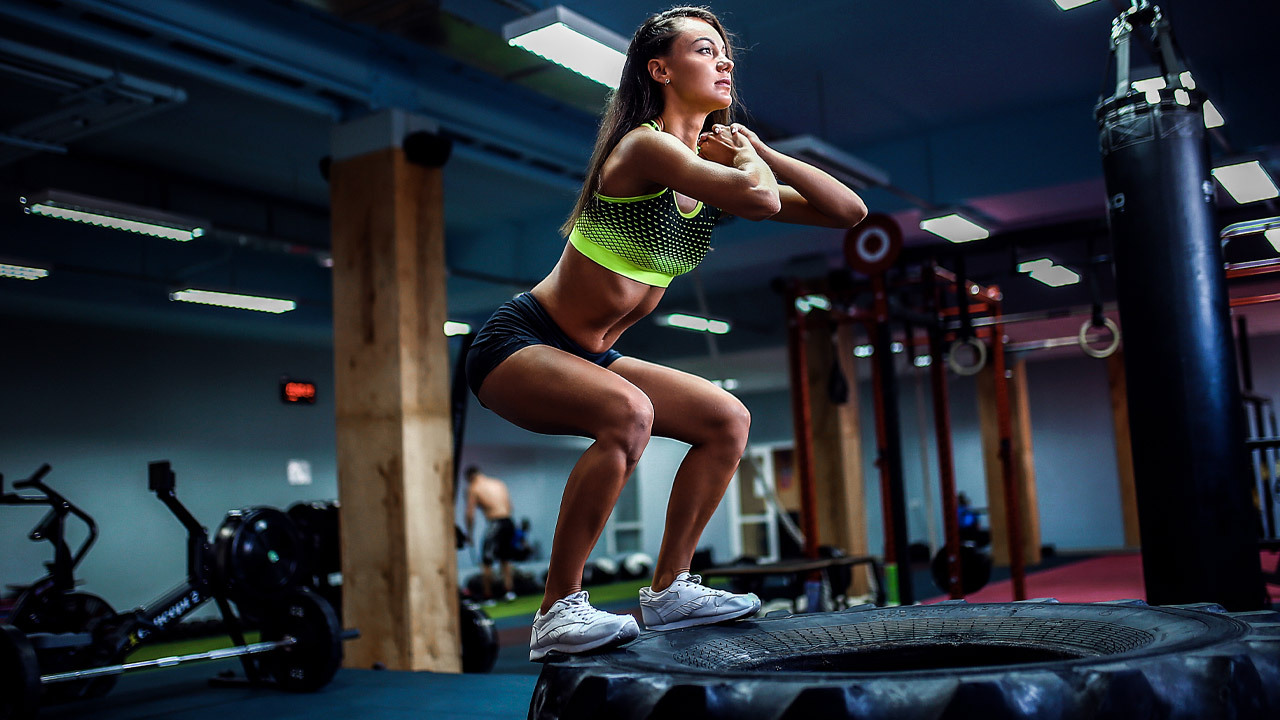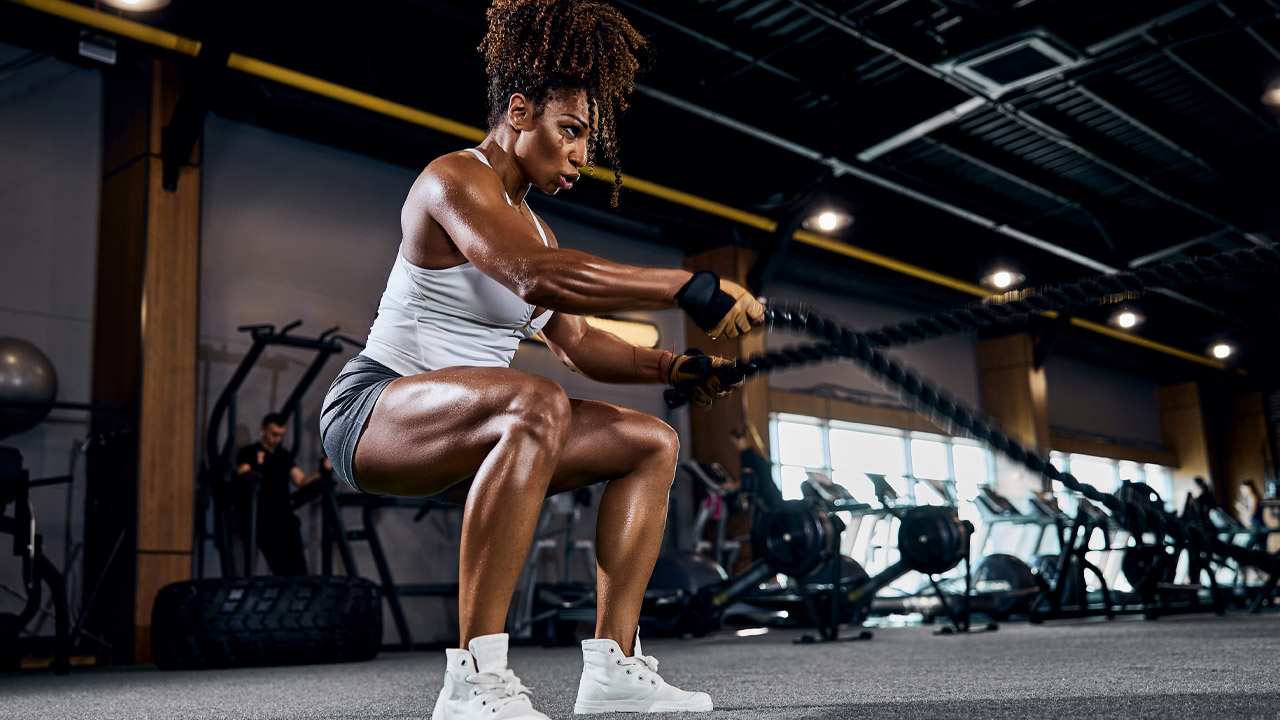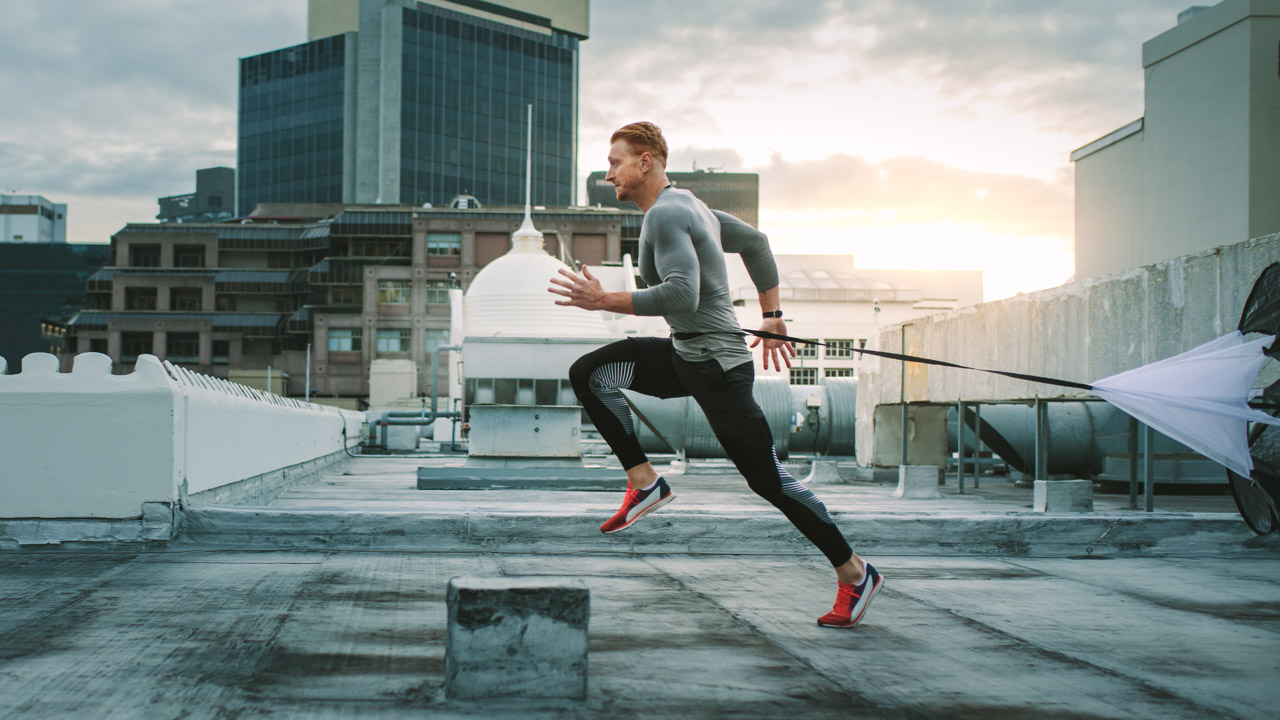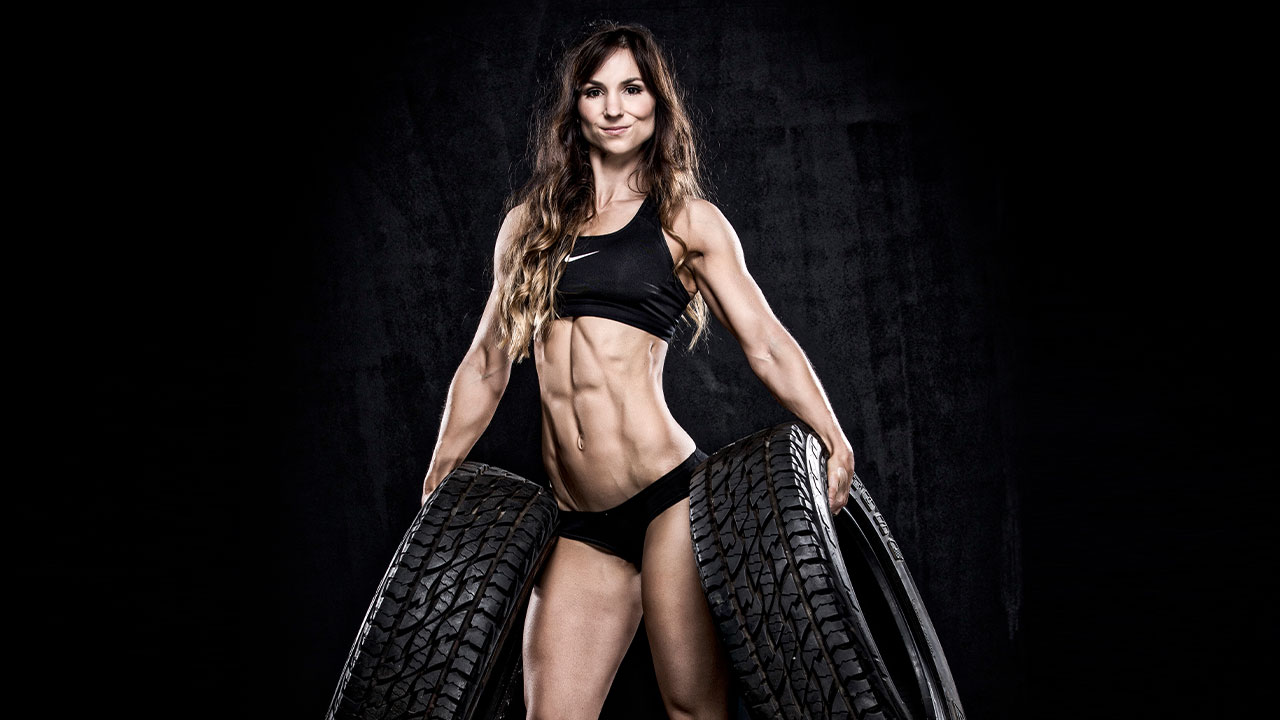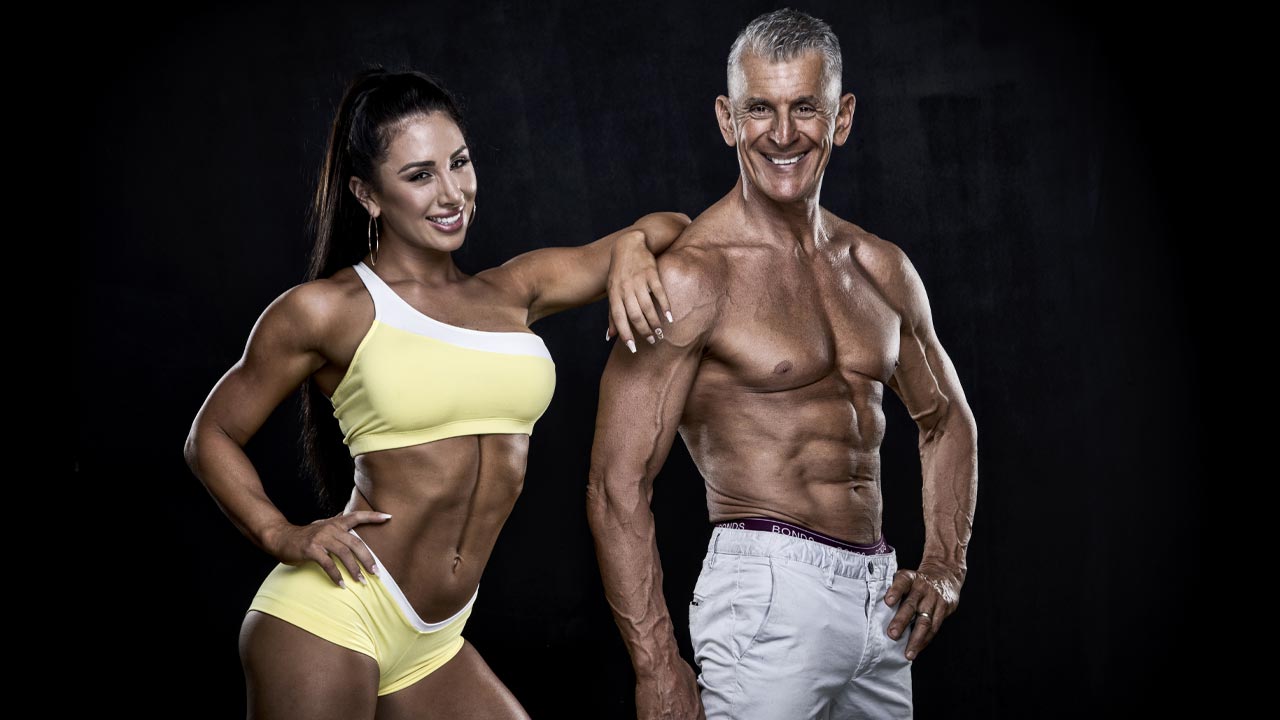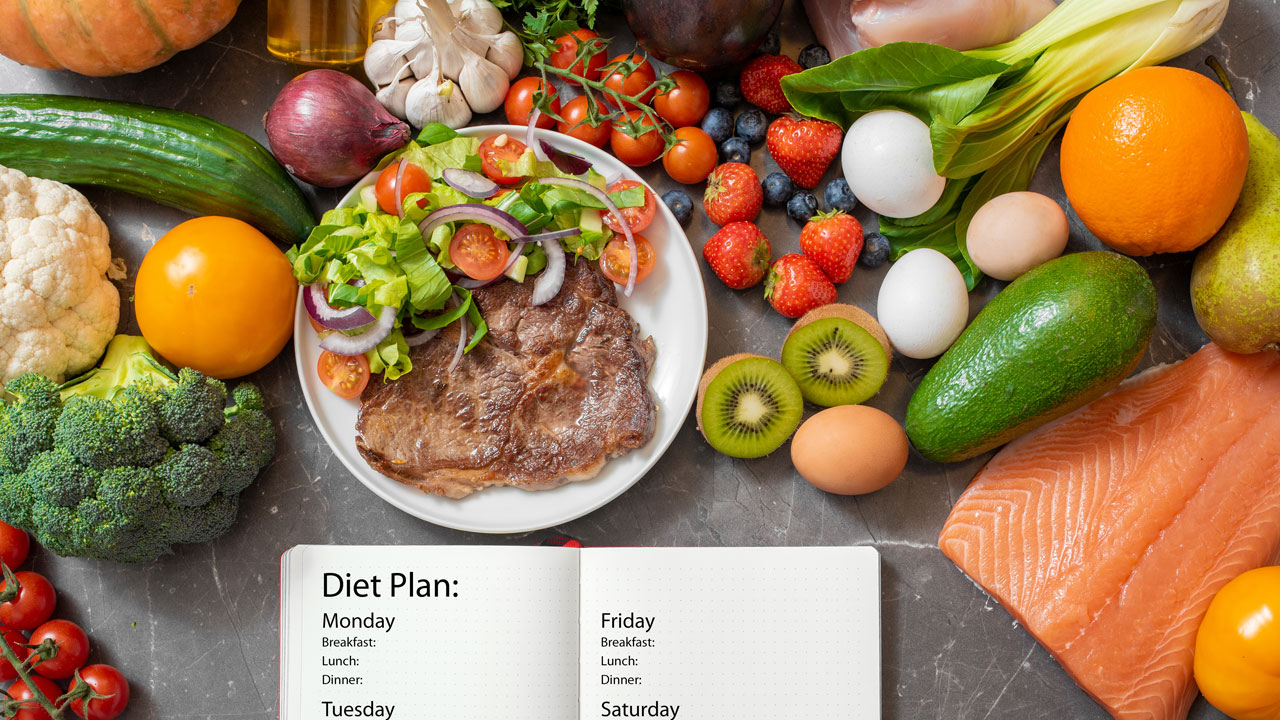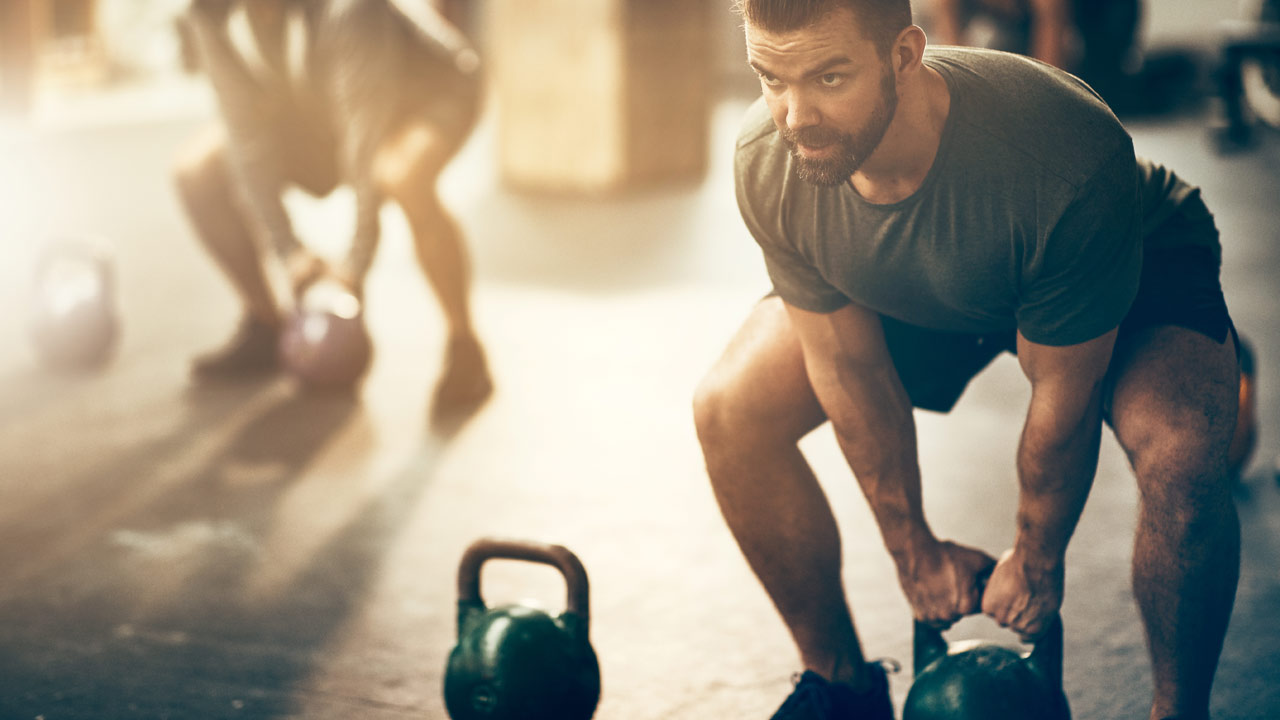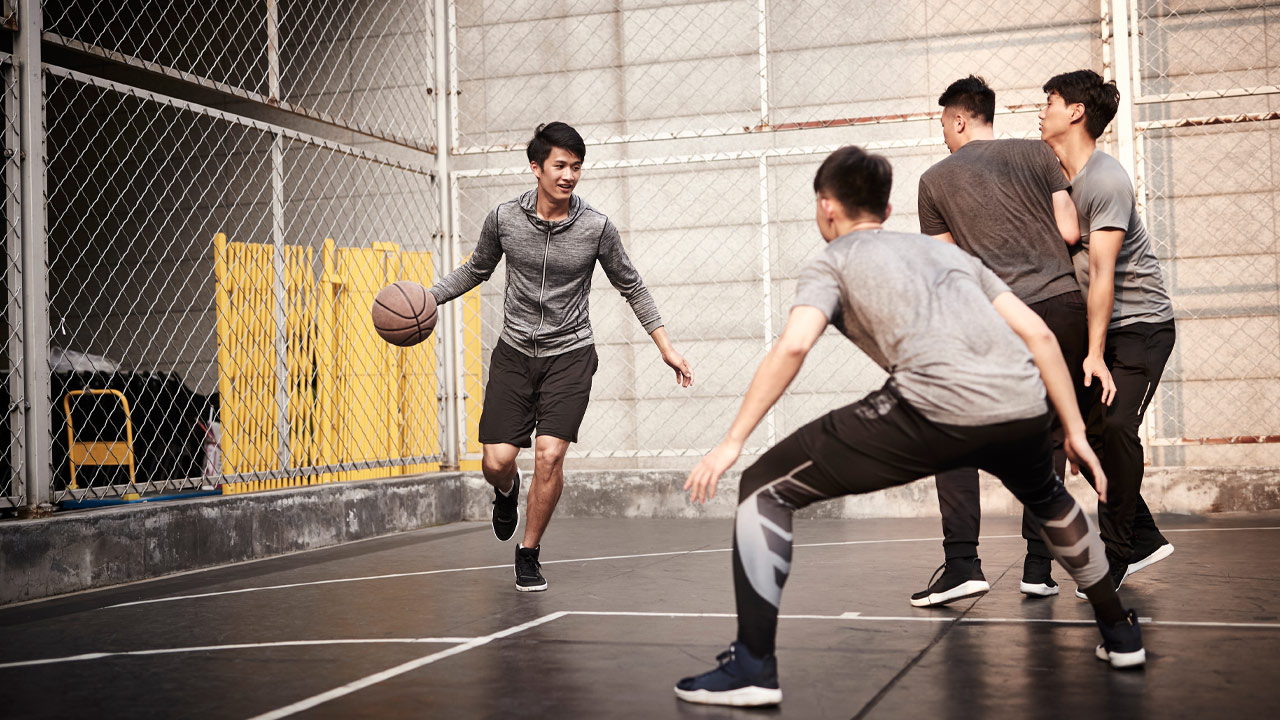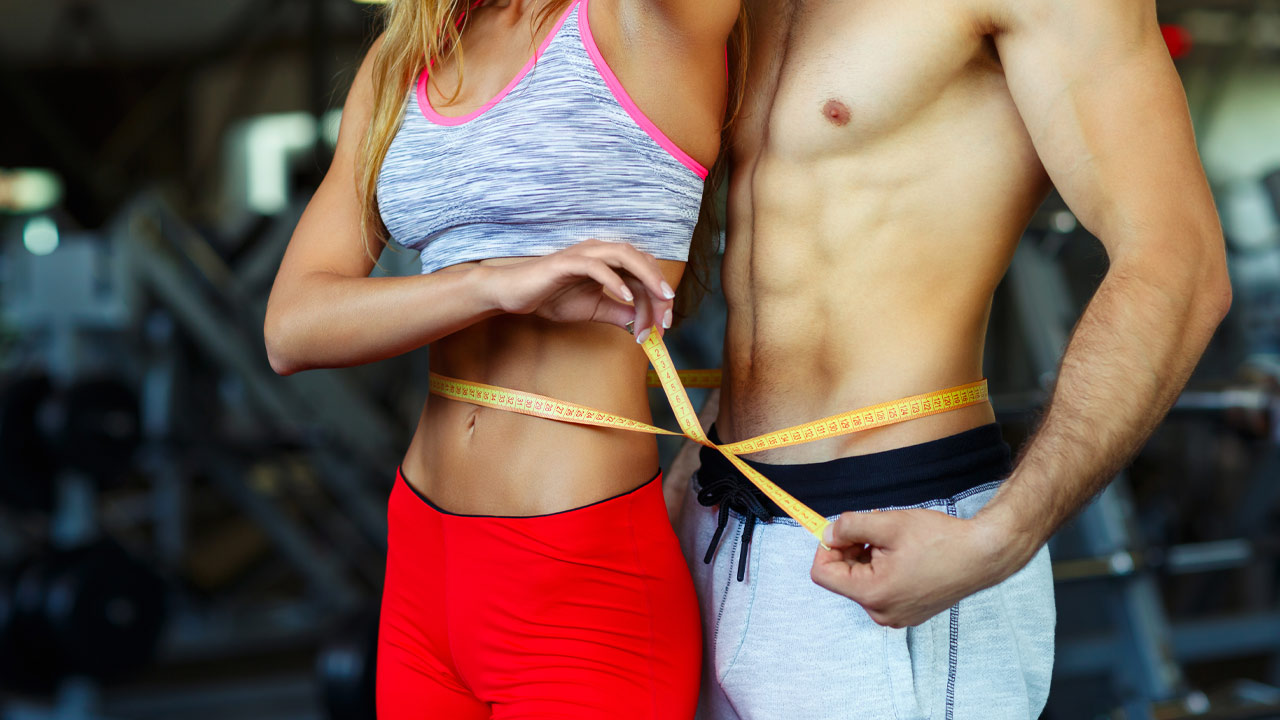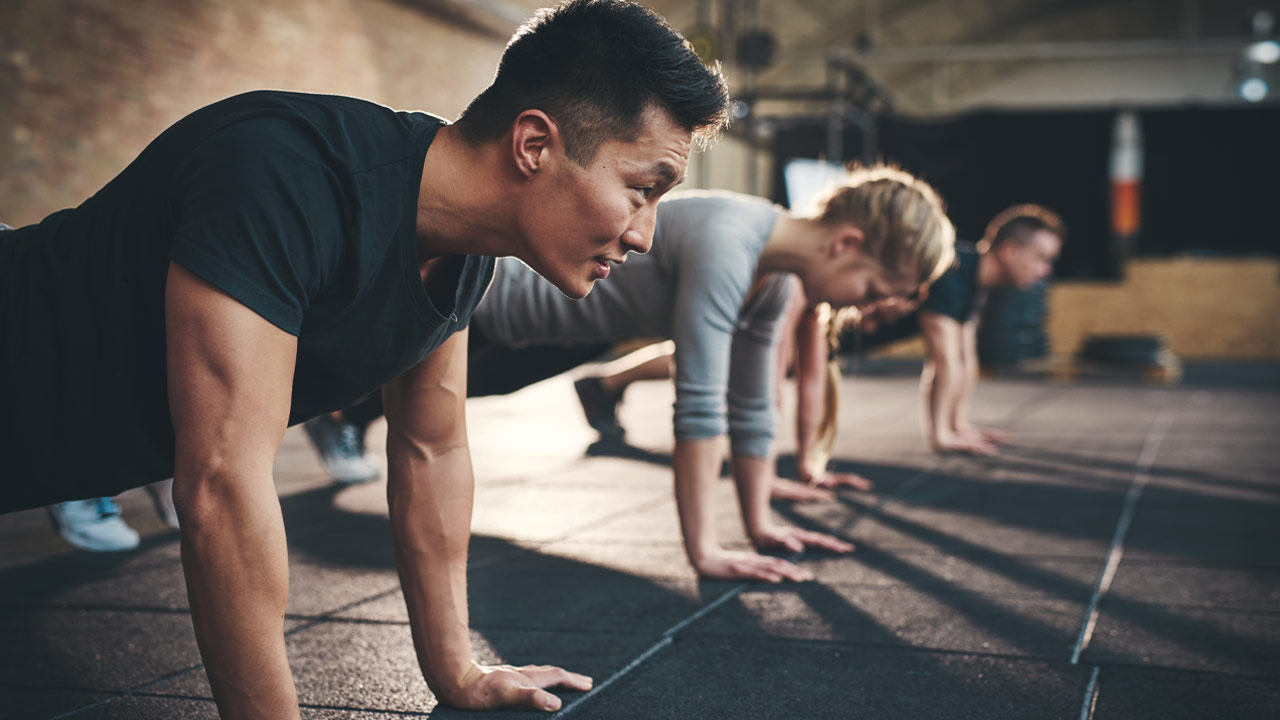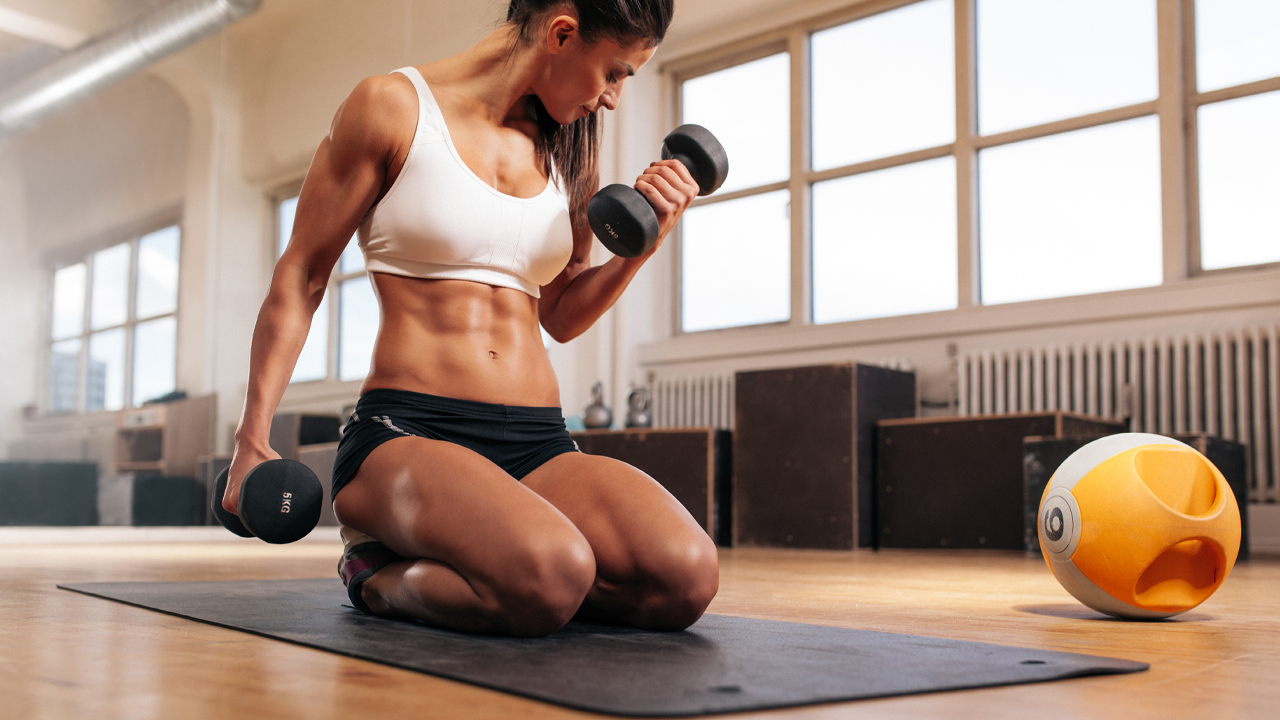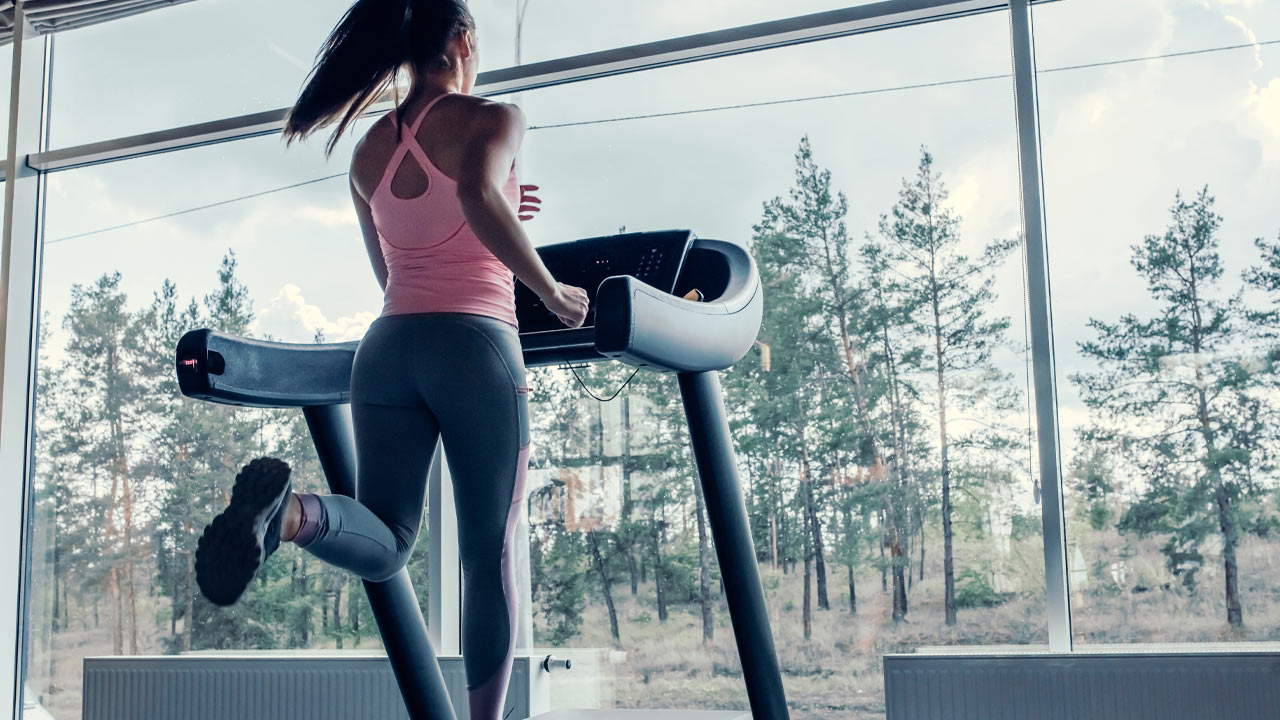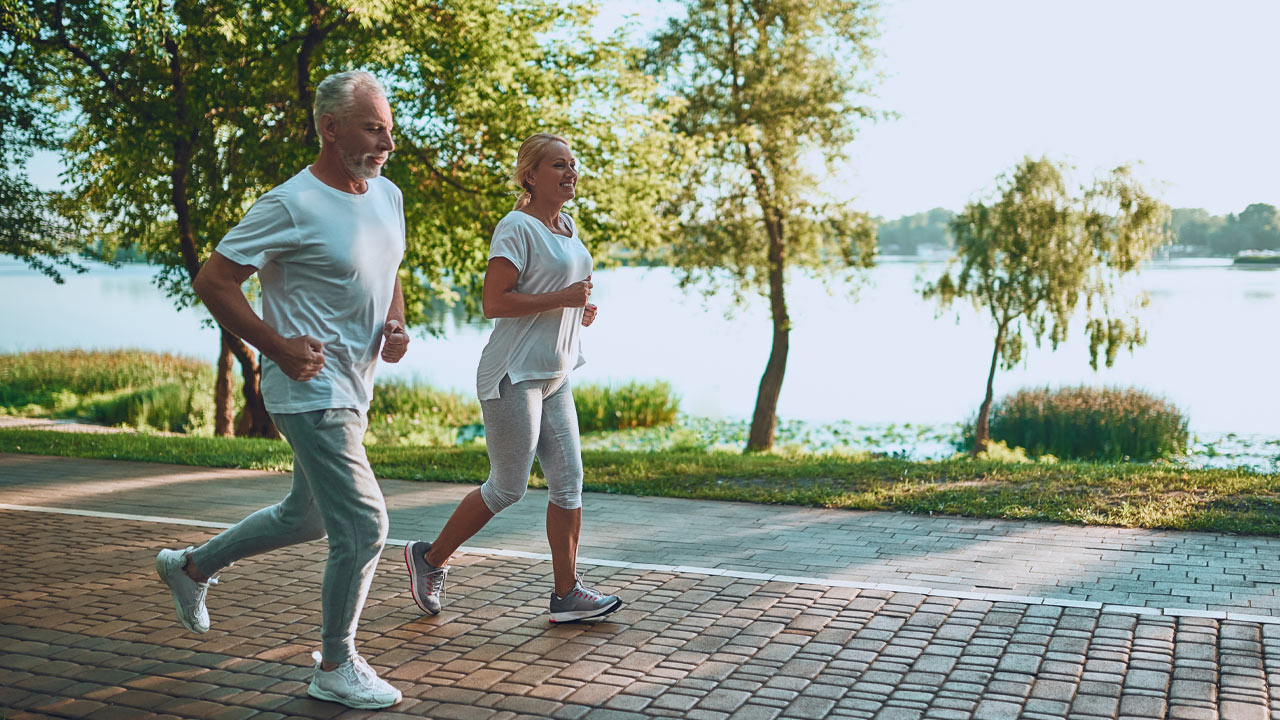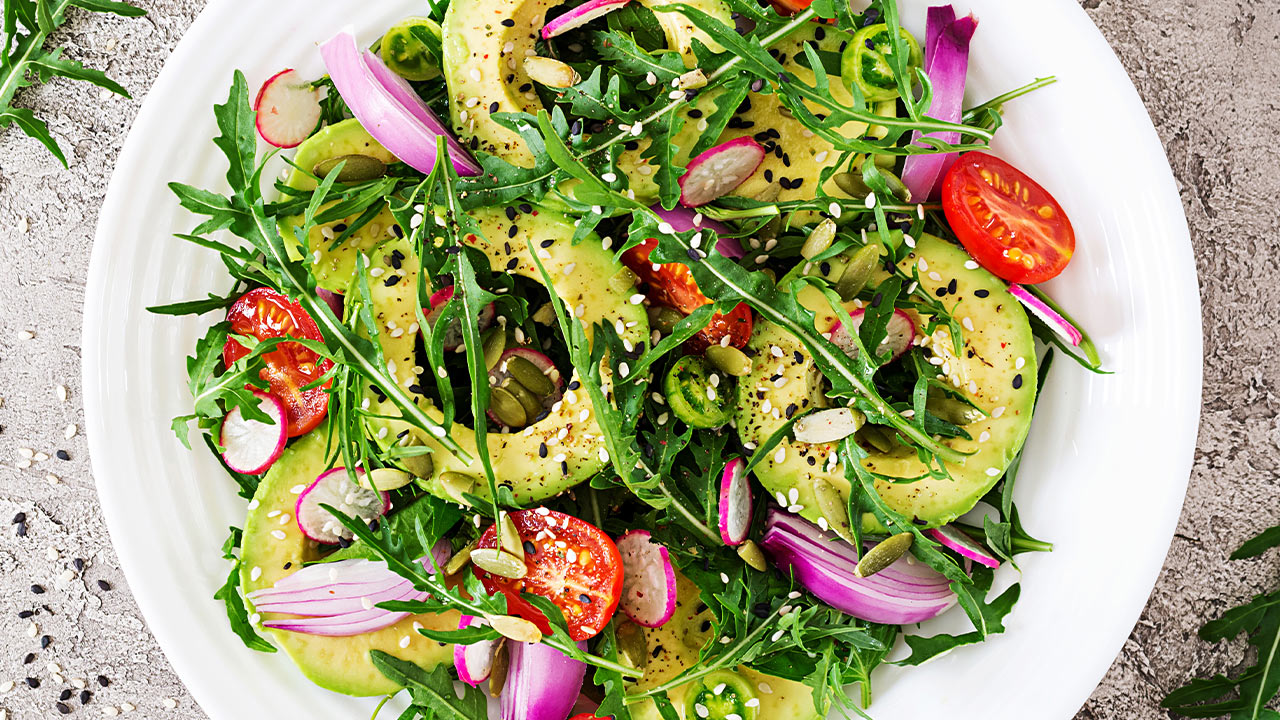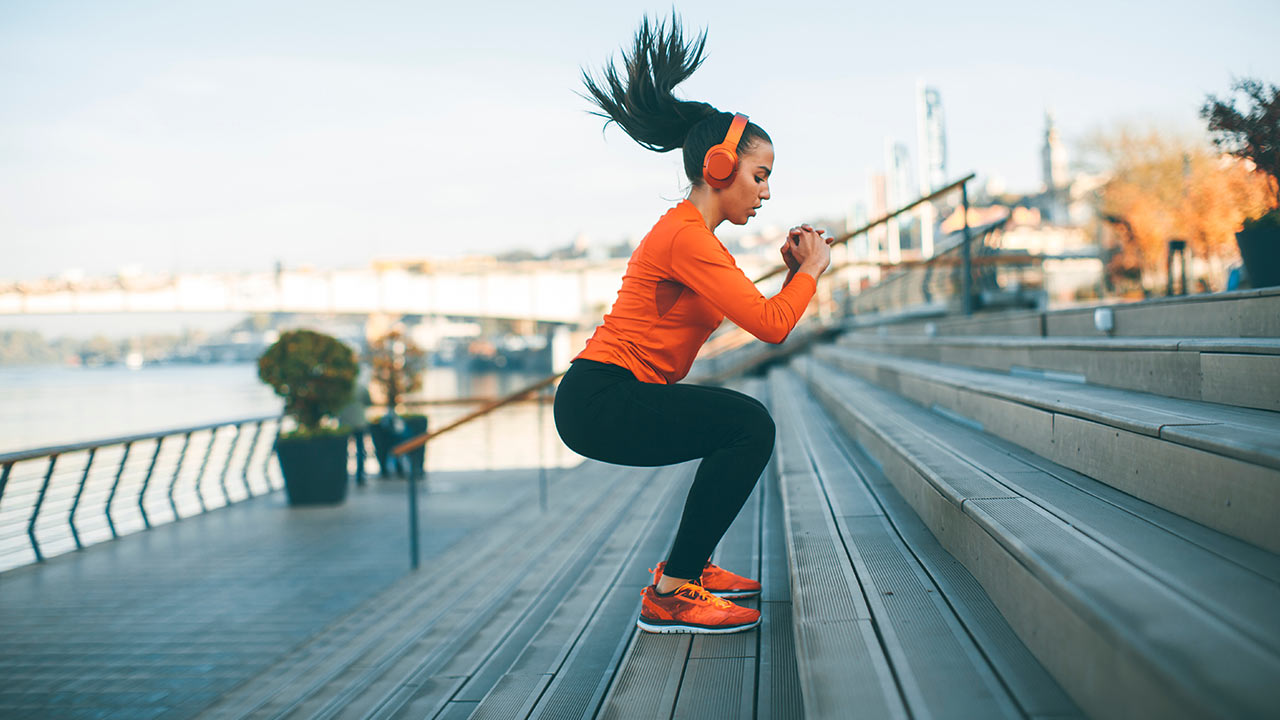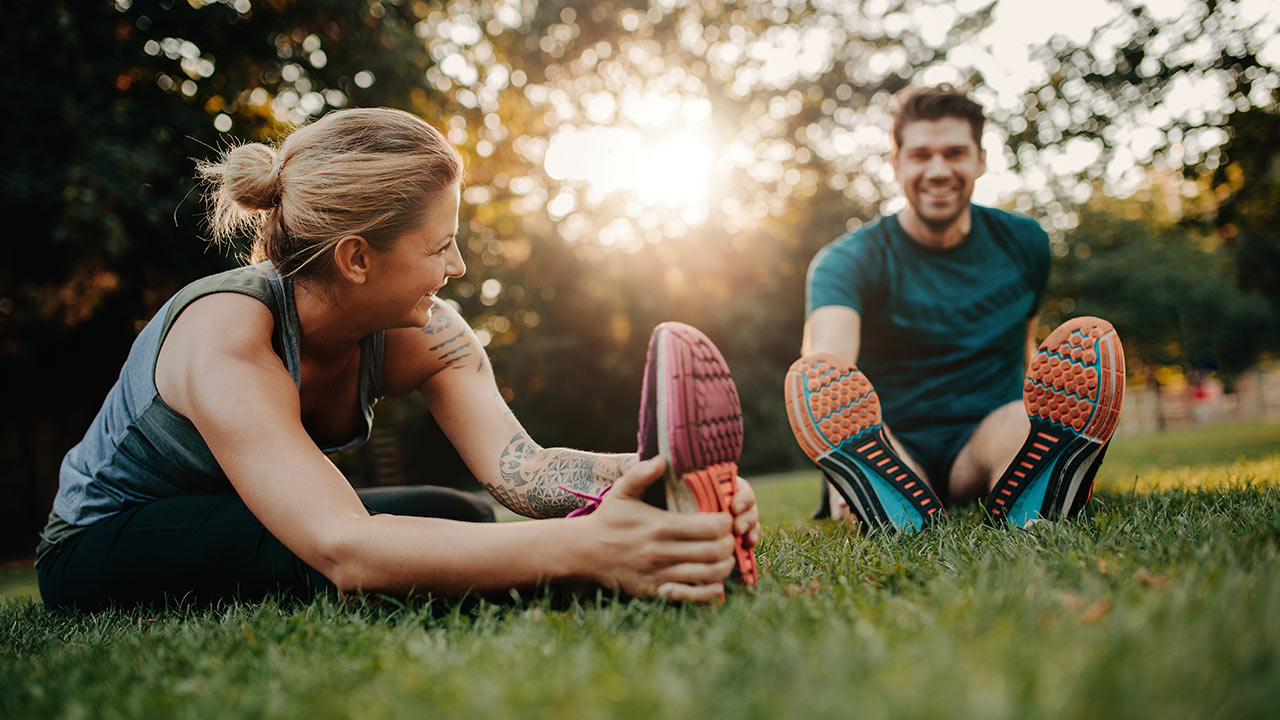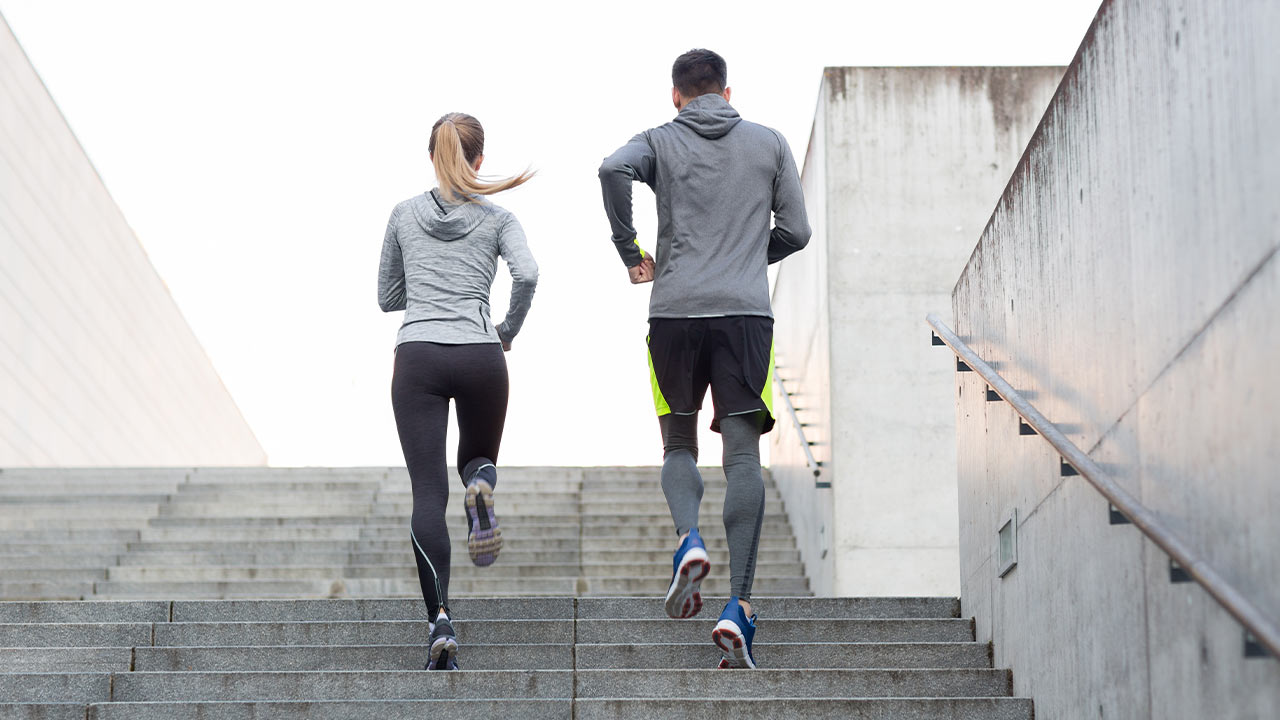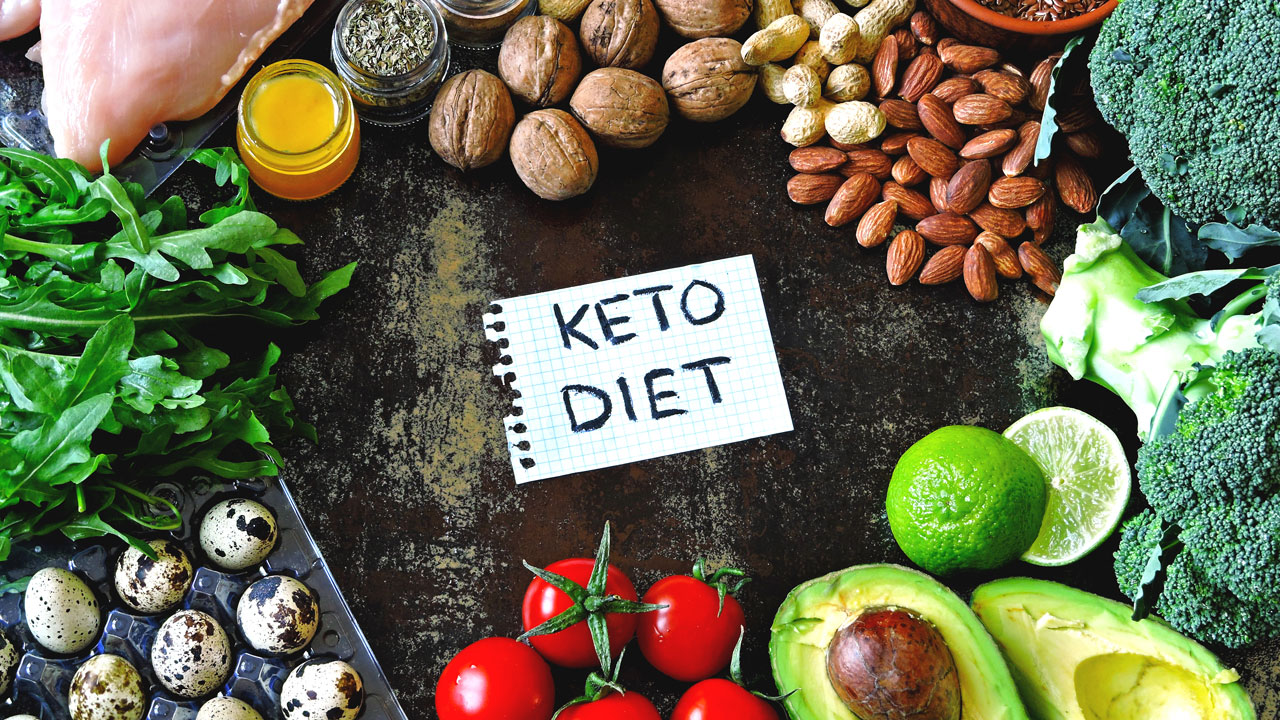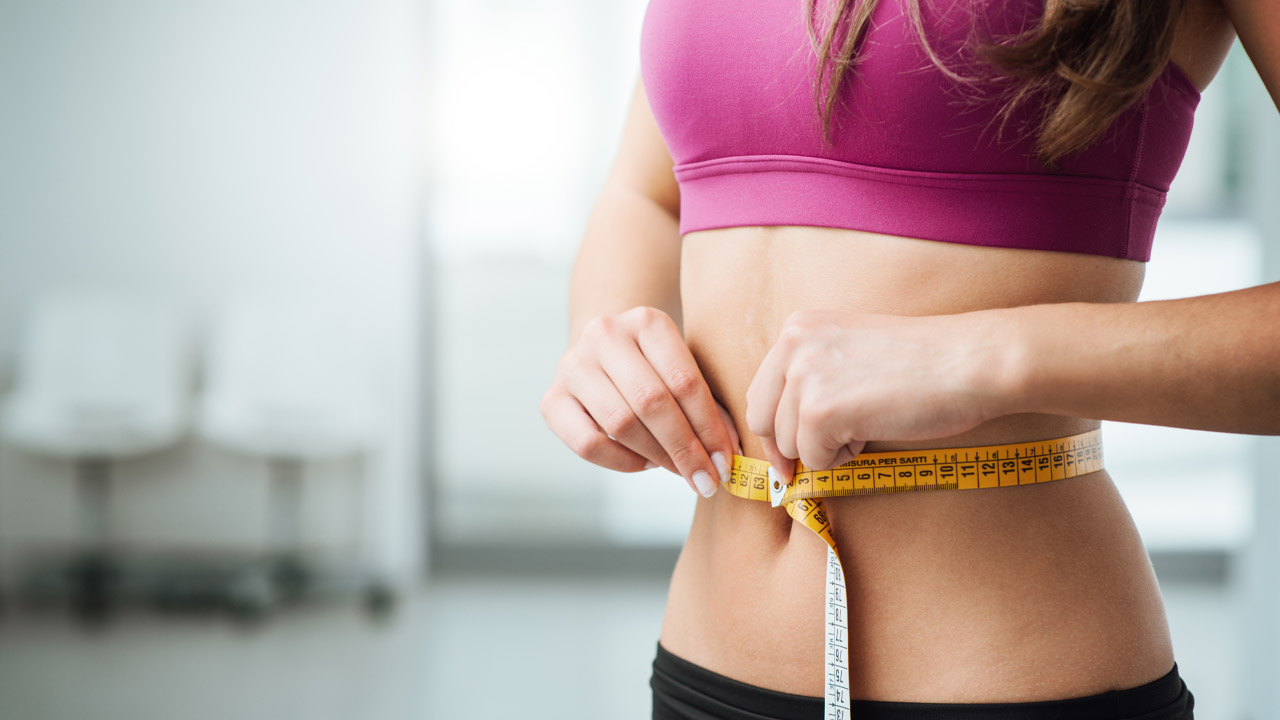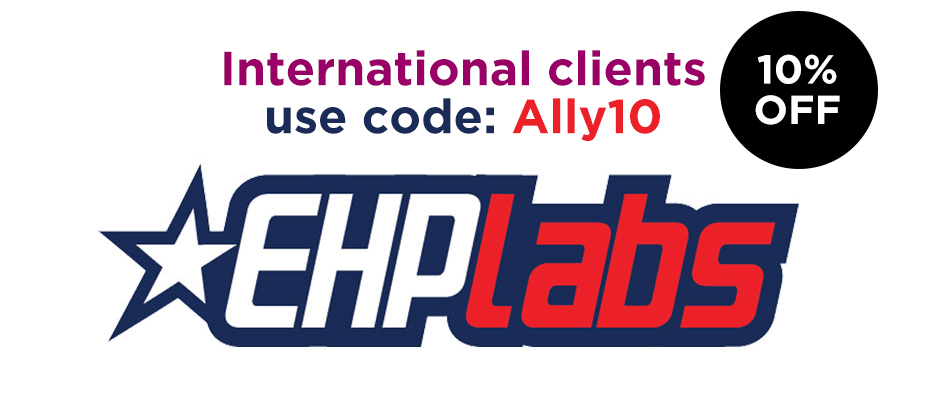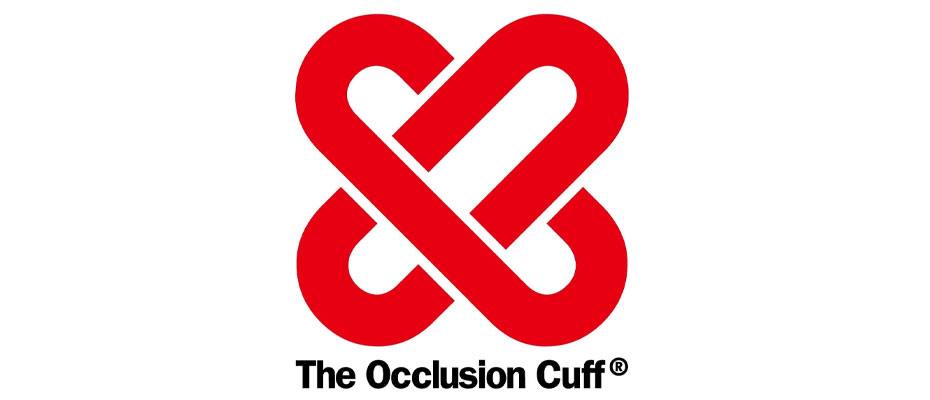Sport Nutrition Supplements: Everything You Need To Know
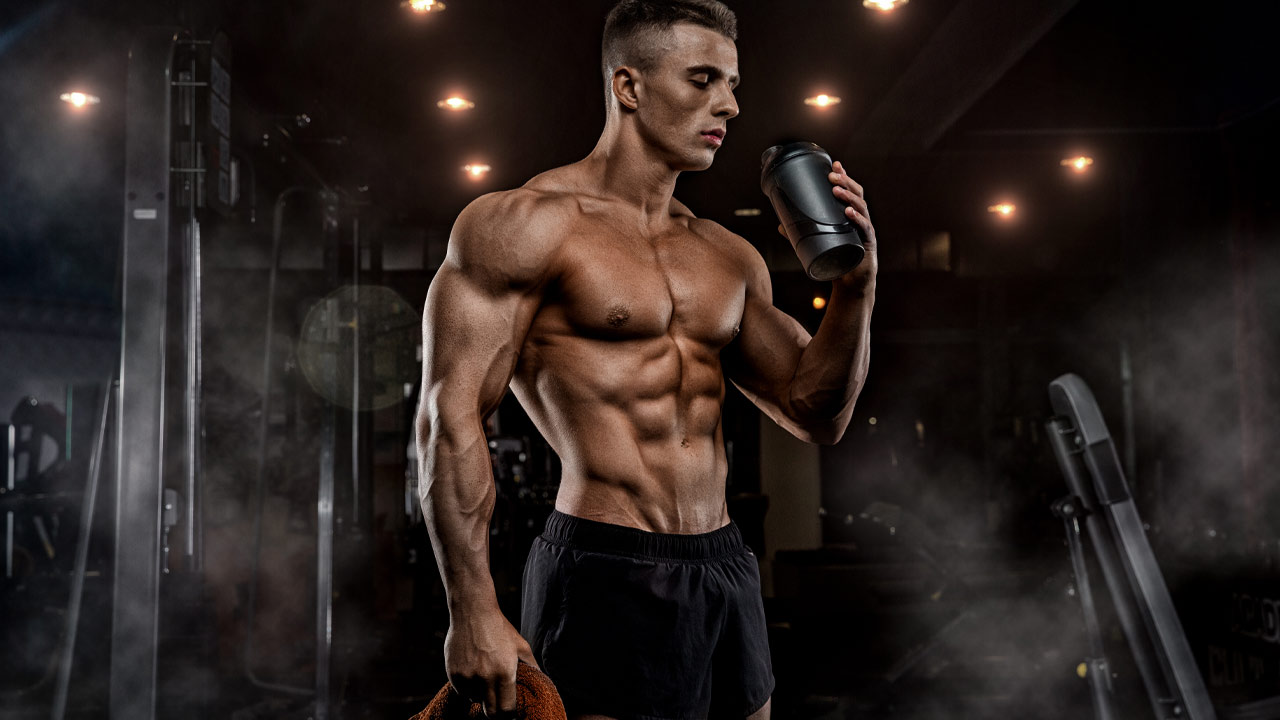
Every athlete desire a lasting career characterized by excellent performances in every competition. While some young athletes indulge in illegal drugs that would somewhat mar their highly cherished-career in the long run, experienced sports nutritionists, through intensive research, have discovered some performance-enhancing sport nutrition supplements that can help improve your athletic performance and keep you healthy and safe.
To begin with, let’s get the meaning and some other necessary information about sport nutrition supplements that can work correctly for your body.
What are Sports Nutrition Supplements?
Sport nutrition supplements include a wide variety of drinks, pills, and powders specially created to improve athletic performance and fill some vacant spaces of the inadequate diet of athletes who exercise or workout more frequently.
Sport nutrition supplements are groups into categories such as protein supplements, sports drinks, and performance enhancers. Please be aware that it is necessary to visit your doctor before taking any supplements or medication.
Things you need to know about sport nutrition supplements
- Supplements cannot help neutralize the effect of an unhealthy diet, but you have to take them in some crucial times when necessary. Supplements can help during special training, illness, or in some critical medical conditions such as pregnancy, anemia, and more.
- While many sport nutrition supplements have trusted evidence behind them, most do not have strong evidence backing them up for frequent use.
- Not all supplements can work perfectly for every athlete; you need to visit your doctor or an expert sports nutritionist to help you select which supplement would best fit your body system and provide the best result.
- Unlike medication, do not use supplements to diagnose, prevent, treat or cure diseases of any kind, whether at a minor or severe level.
- Also, note that most food and drug administration agencies of several countries do not check for some sports supplements’ safety and effectiveness before getting to the market. Hence, don’t take any of them without a proper prescription from a medical practitioner.
Do you need to take supplements?
Both male and female, young and old, athletes take supplements to step up their performances both in training and on the field. Female athletes mostly take iron-rich supplements, while male athletes mostly go for vitamin E and protein.
In all, sport nutrition supplements contribute immensely to athletic performance. For any athlete to perform at his/her best, nutritionally adequate supplements and appropriate hydration is essential. Typically, athletes engage in energy-demanding activities, some of which last for more than two hours under hot temperatures. After these activities, athletes may have to replenish some lost fluids and electrolytes and take additional carbohydrates for renewed energy.
The supplements’ results may vary for different athletes depending on the nature of the athlete, level and duration of the training, and environmental conditions.
Having known a few essential things about supplements, let’s look at some effective supplements that can help you attain your athletic goals.
7 most effective sport nutrition supplements that aid athletic performance
- Beta-hydroxy-beta-methyl butyrate (HMB)
This supplement helps repair damaged or stressed skeletal muscle cells to reestablish structure and function. Although some medical practitioners claimed that they have not yet discovered its efficacies, HMB has been liked with quick recovery from exercised based injuries such as a torn rotator cuff or pulled hamstring. HMB also helps repair internal damages caused by intense training sessions.
- Beet juice
Beet juice is one of the most consumed sport nutrition supplements among athletes. It helps dilates blood vessels, boosts energy production, and also reduces the use of oxygen. The results of beet juice vary depending on the nature and intensity of training. Sports nutritionists claim that athletes who participate in more energy-demanding sports like swimming, running, and cycling might experience less pronounced effects than athletes who take sport for recreational purposes.
- Caffeine
Caffeine is another essential sports nutrition supplement that helps improve athletic performance. Caffeine is a stimulant that helps block activities of the neuromodulator adenosines and helps reduce pain and perceived exertion. Sports nutritionists support that taking caffeine before your training sessions or the actual competition can improve your performance, especially in enduring sports like running, soccer, and more.
- Iron
Iron remains one of the most consumed sport nutrition supplements, especially among female athletes. Iron is mostly recommended for its capacity to lower lactate levels, boost uptake of oxygen, and reduce heart rate. However, you must be careful not to take excessive iron supplements. If taken more than 45 mg per day, it may result in serious health issues such as abdominal pain, nausea, gastric upset, constipation, vomiting, fainting, and more.
- Branched-chain amino acids
The three branched-chain amino acids are isoleucine, leucine, and valine. Unlike other supplements, mitochondria can metabolize these three in skeletal muscle to produce enough energy for exercise. A dosage of 20g per day is ideal for best results with no safety issues.
- Glutamine
Glutamine is another amino acid that contributes nitrogen to several biochemical reactions in the body. It also plays a major role in metabolism and energy production. Research from expert sports nutritionists shows that glutamine can enhance recovery, strengthen your muscles and reduce soreness when the exercise is over. A dosage of 45g per day is ideal for the best results without health complications. Meanwhile, the dosage should be reduced to about 0.42g for athletes with health issues such as infections, internal diseases, burns, and more.
- Sodium bicarbonate
This supplement is generally known as baking soda. Sodium bicarbonate is a compound that helps rid your body of hydrogen ions, usually caused by intense muscle activity. As a result, this compound helps in reducing metabolic acidosis and fatigue. Sodium bicarbonate aids athletic performance. A few sports nutritionists have claimed that ‘baking soda’ doesn’t have a long-term effect on the performance of an athlete who engages in high-intensity activities.
Final Words
Above all, supplements are essential elements of sports nutrition that helps athletes perform at their peak form. They supply the body of athletes with essential nutrients that makes them active and ready for action. However, like dietary foods, taking supplements in excess and too frequently can negatively affect the body, which may result in severe health issues including diarrhea, nausea, vomiting, irritations, stomach pains, and more.

